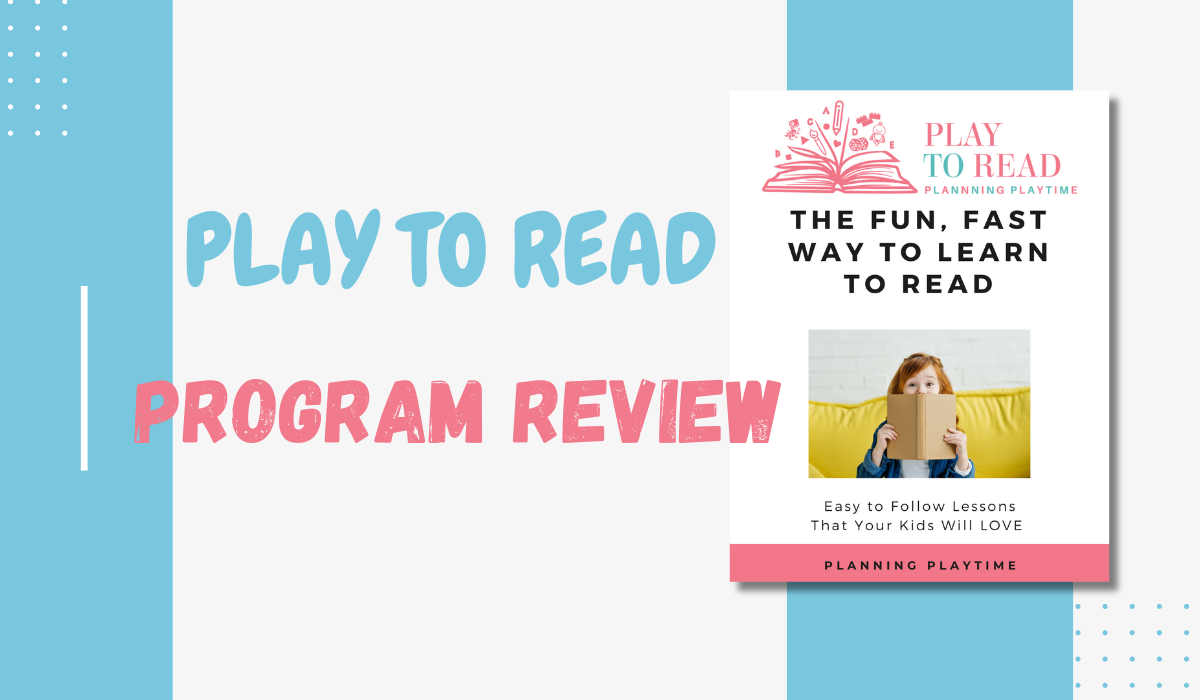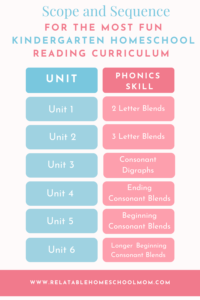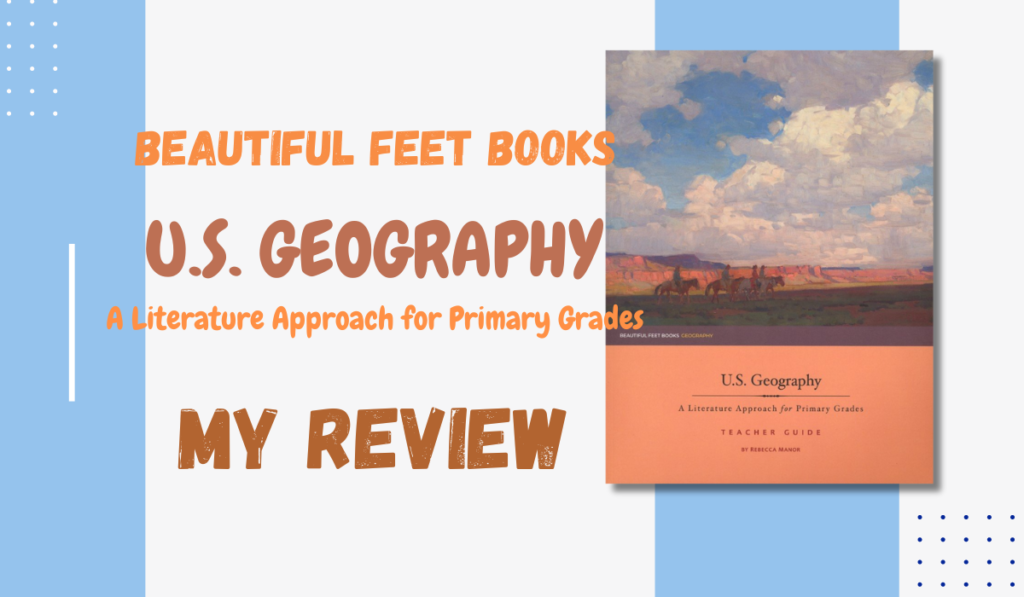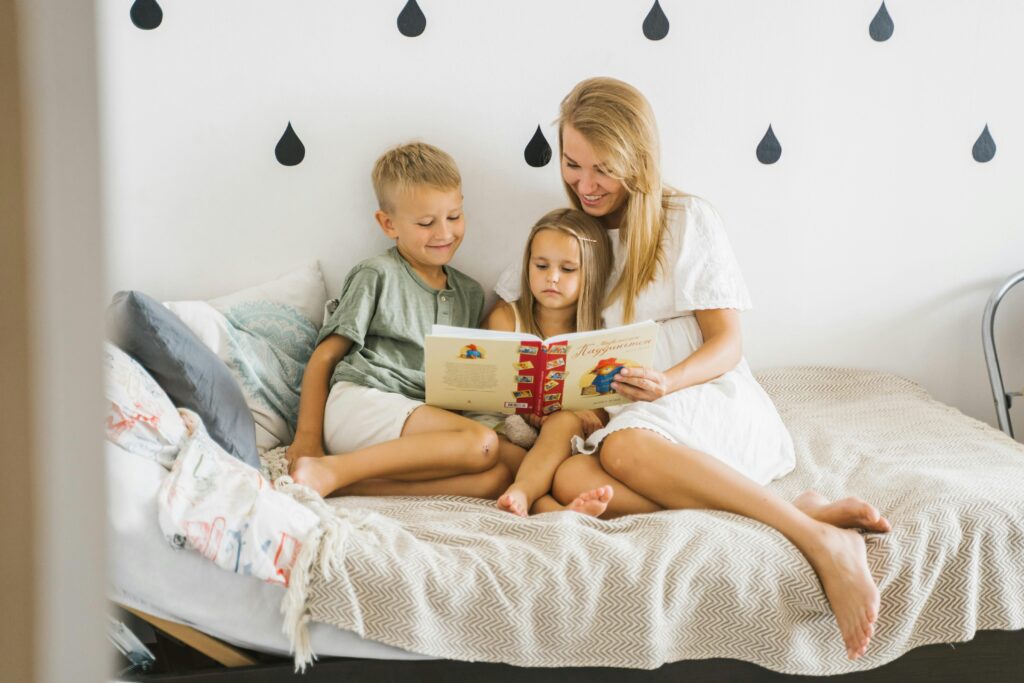If you are interested in Play to Read program reviews, keep reading this post or check out my video to get all the details. You will determine whether this is a good fit for your child.
Unit 1 jumps straight into two letter blends, so it is important your child already knows the alphabet before starting this curriculum. Every unit after Unit 1 includes two or three pages where your child is learning the reading skill followed by an actual story that they read.
Price
You are paying for a downloadable curriculum in .pdf format. For 47$, you can buy Units 1 through 6. It is my plan to use these six units as my primary reading curriculum for my son’s Kindergarten year. Units 7 through 14 can be purchased for 37$, which could be used as your child’s First Grade reading curriculum (or whenever they finish Unit 6).
These prices, however, do NOT include the Read&Spell + Site Word Companion Bundle, which is a helpful resource if you are using this program as a full reading curriculum. This bundle costs 97$ and it includes all the spelling and sight word activities for all units. The corresponding activities go in the same order as the reading curriculum.
Scope and Sequence
Here are what phonics skills are being covered in units 1 through 6 of the curriculum:
Play Based Reading Activities
To learn the phonics skills, the child plays with toys as they learn and practice each blend. For example in the unit 1 review lesson, they drive a toy car as they say each two letter blend.
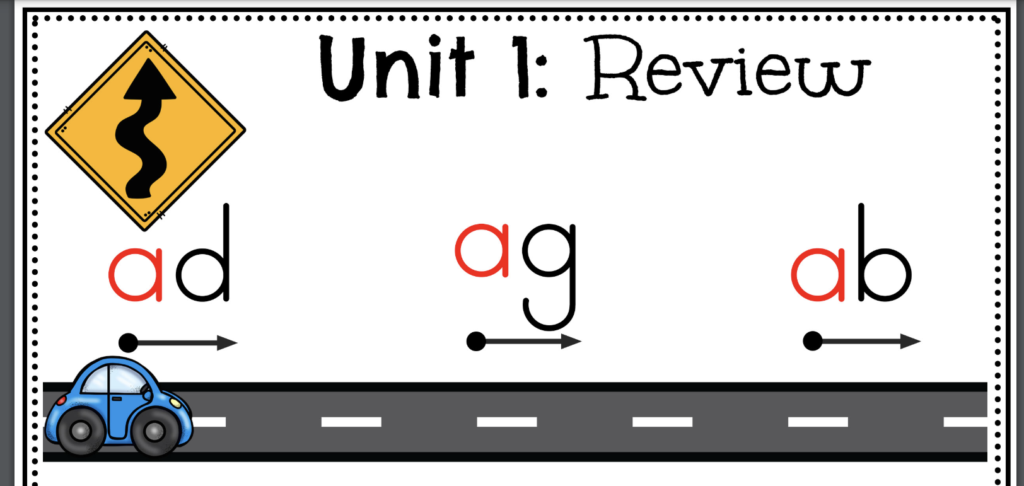
Another play based reading activity example is in unit 3, where you put play dough under each letter sound. Your child uses a toy dinosaur to stomp footprints into the play dough as they say each word.
All of these reading activities are also flexible. For example, if you don’t have a toy dinosaur, you could modify with any other toy or even just using your fingers to make the “footprints.” The point is to turn reading into playtime for the child using some of their favorite toys.
For my son, I love that it helps him play with his toys in a more meaningful way. He has actually gotten excited to play with his toys again, and I always let him free play with the toys we use for the reading lesson after we are done practicing.
How to Prep
Because the program is in .pdf format only, it does take some initial prep work to get started. It is not a fully “open and go” curriculum, at least at first. You can choose to print and prep it all at once or print as you go. There is a “fast print” option that let’s you print all 222 pages all at once. If you print as you go, I would still recommend printing one full unit at a time.
I spent a lot of time printing all six units at once and individually putting each paper in sleeve protectors in one large binder. You don’t need sleeve protectors, but it was worth it to me so that it increased longevity of the worksheets. This did take me a few hours to prep, but now I just open to the skill that we are working on, and get started with that lesson.
I also use what I call our “Grab and Go” binder. I will put the worksheets he is still mastering in this smaller binder so that we can practice anywhere and not have a bulky binder to carry around.
It did take me a few weeks to understand how they wanted me to teach the lessons. They do provide videos on the website and written directions for every lesson before each unit. Once I got the hang of the patterns, it got easier.
Decodable Reading Passages
Unit 1 is the only unit that does not include actual readers because you are just focusing on blending two letter sounds. After Unit 1, the structure is the same for every lesson. You practice the focused word family for two or three pages. Your child is learning the reading skill using a toy or with a fun snack. Then the lesson is followed by a reader on one page.
The stories build on previous skills. This is great because your child will always be practicing previous skills in addition to newly learned skills in those readers.
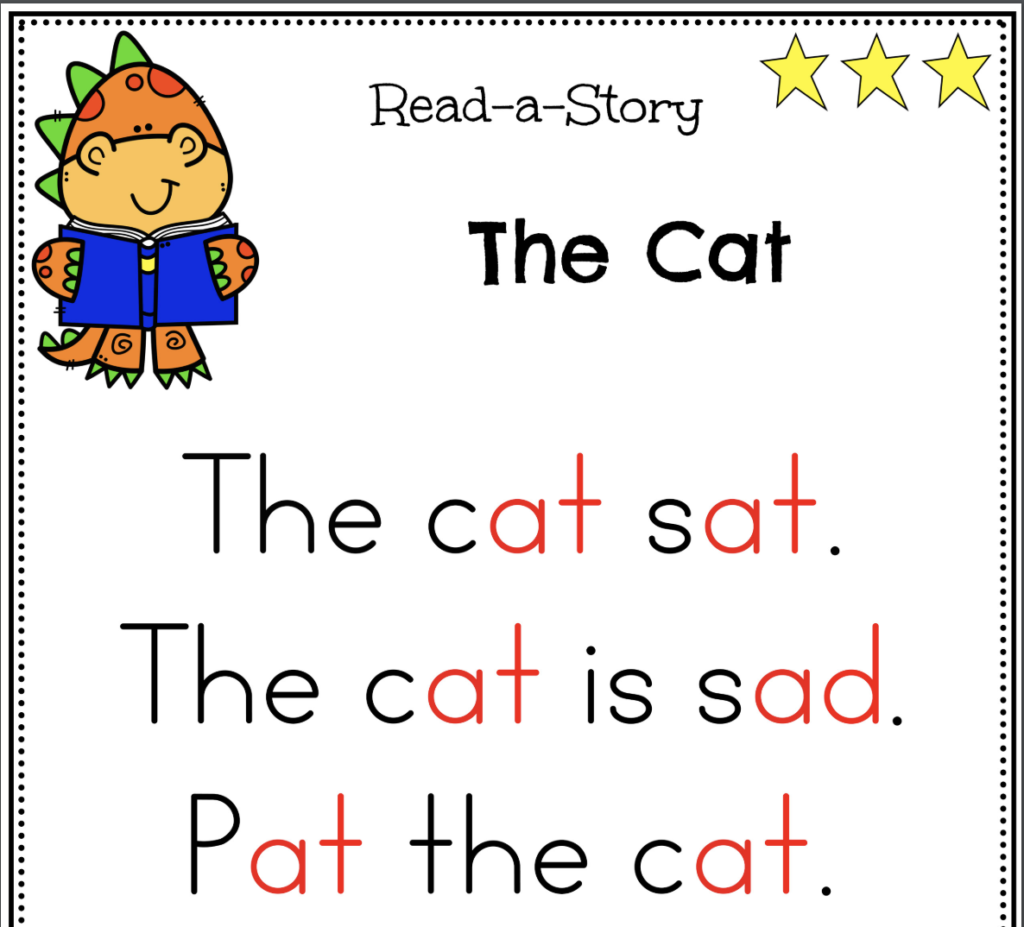
Reading Comprehension for Kindergarten
After every story that they read, there are also two comprehension questions to ask your child. This helps them not only read the words in context, but also practice this very important skill of comprehending what they read.

Sight Words Activities
The reading curriculum introduces the sight words in the included readers. If you buy the Read&Spell + Site Word Companion Bundle, you can teach the sight words using their fun activities such as building the word with play dough or legos, cut and paste activities, and many more.
The order of the sight words is modeled after Fry’s order of sight words. Here is a link to one list I found. This list is not the exact order that they teach the words in the readers, but it is close.
If you don’t want to buy their sight word activities, this website has great strategies and videos that help you teach sight words for free. You could see which sight words are used in the readers, and then use the strategies from that website to teach the sight words.
Spelling
If you do buy the companion bundle, you also get play based spelling activities that follow the same scope and sequence as the reading activities. There are two or three worksheets for every reading lesson. It is great way to reinforce the phonics skill being practiced. There are word tracing, word matching, word building and more.
So far, my son’s favorite activities in this bundle are the “cookie monster” worksheets where he has to cut and paste the correct word family into the cookie monster’s mouth.
How long does it take to complete a lesson?
The writers of the curriculum say to spend 10 to 15 minutes a day. I have found that to be pretty accurate on how long I spend with my son just completing one lesson and reading one story. Sometimes it takes longer to do their hands on activities included in the sight word and spelling bundle. For example, when I introduced the word “the” to my son, I had him build that word with legos as they suggested. After doing the reading lesson and the sight word building, this took closer to 20 minutes.
This post was written for those looking for thorough Play to Read program reviews to determine if it’s a good fit for your teaching style and your child’s learning style.
Related Posts:
Kindergarten Math with Confidence Review
Is homeschooling Kindergarten Hard?

